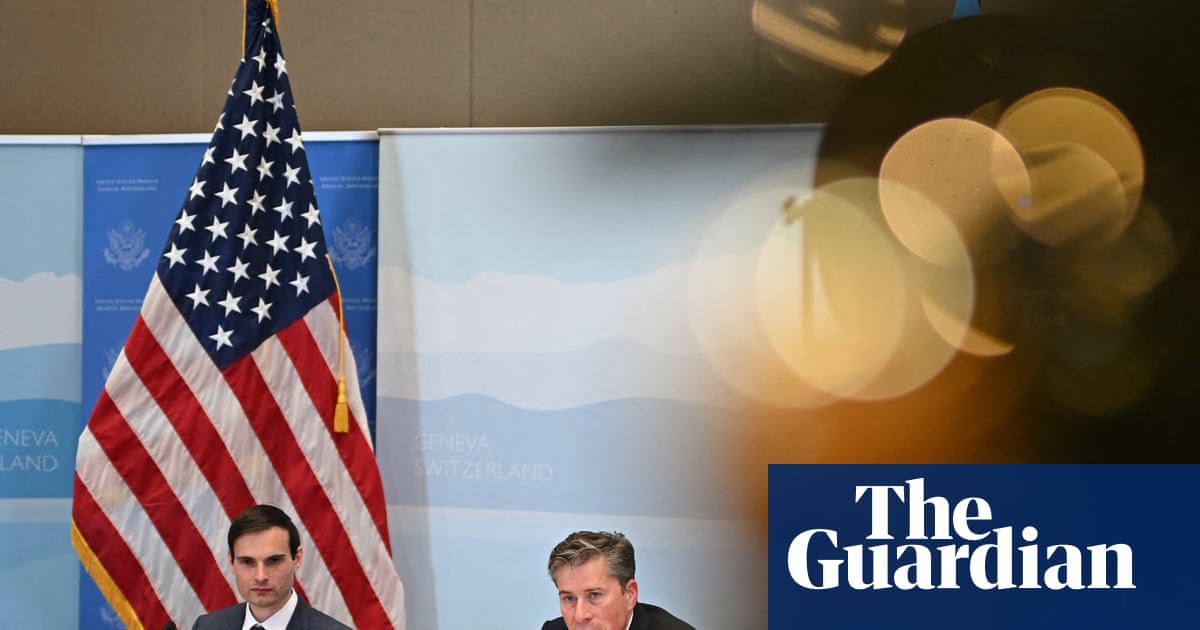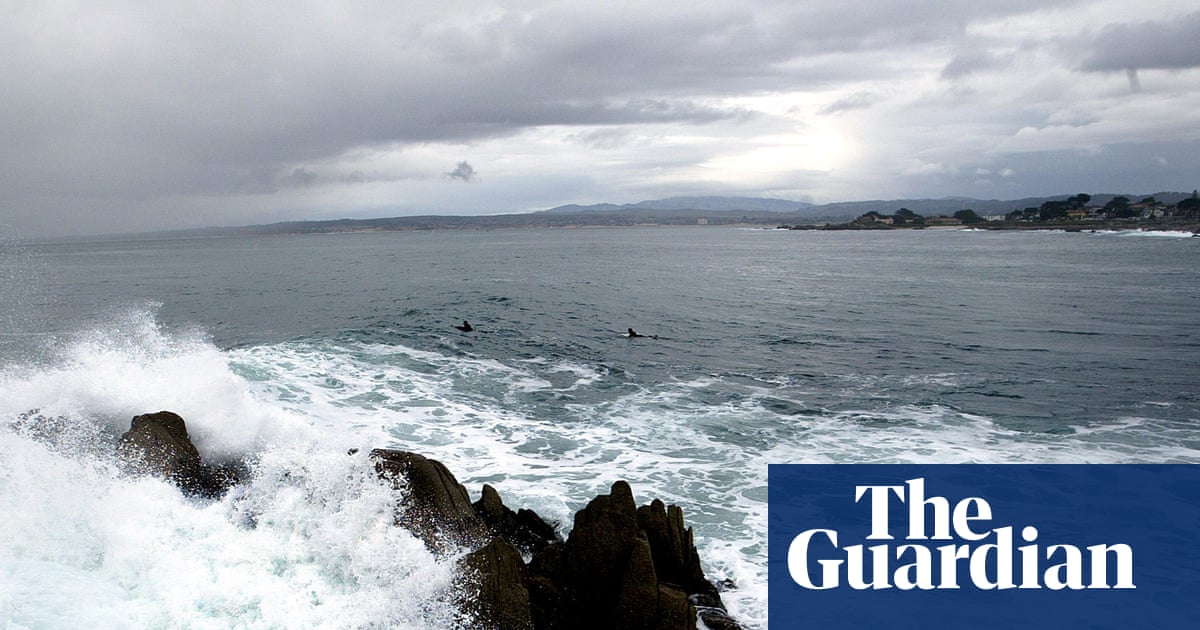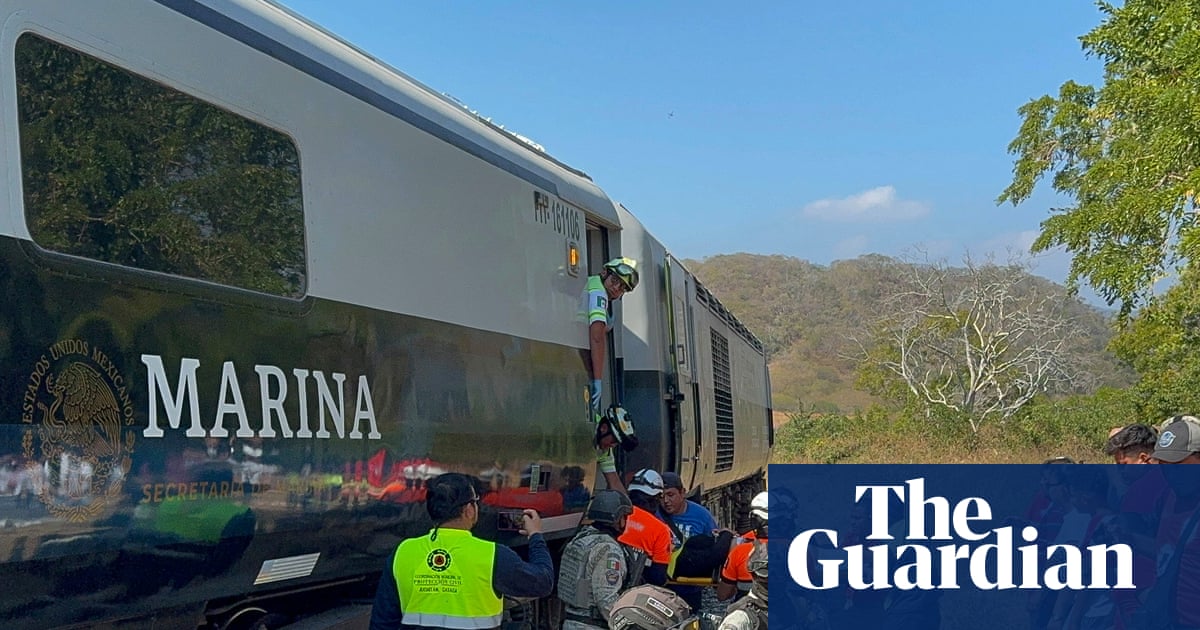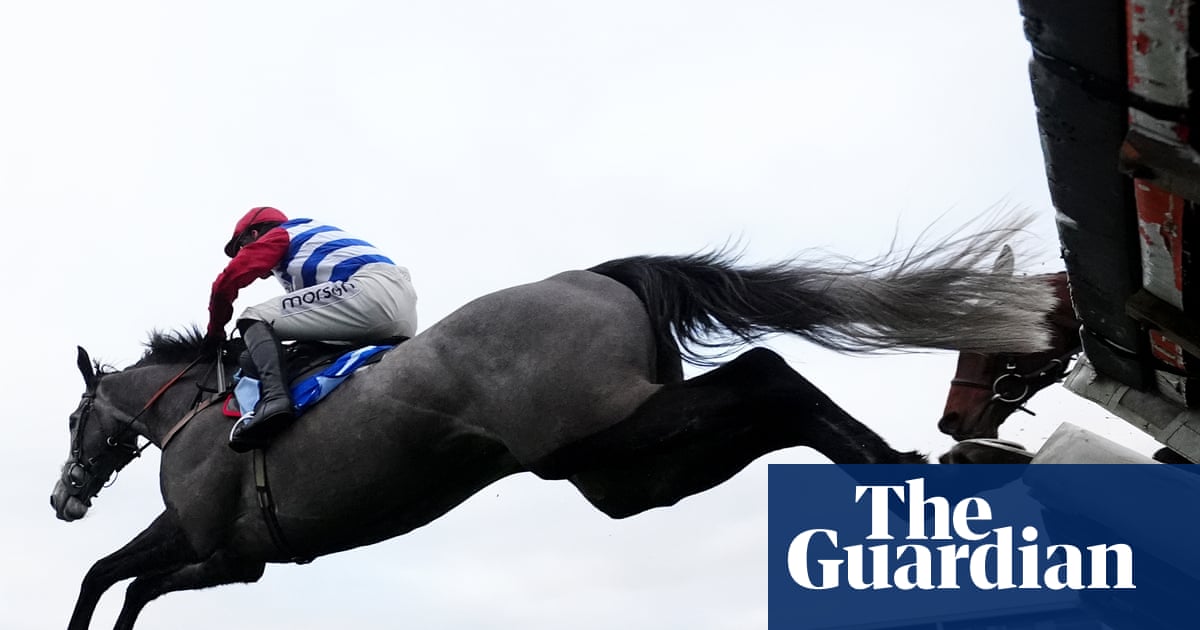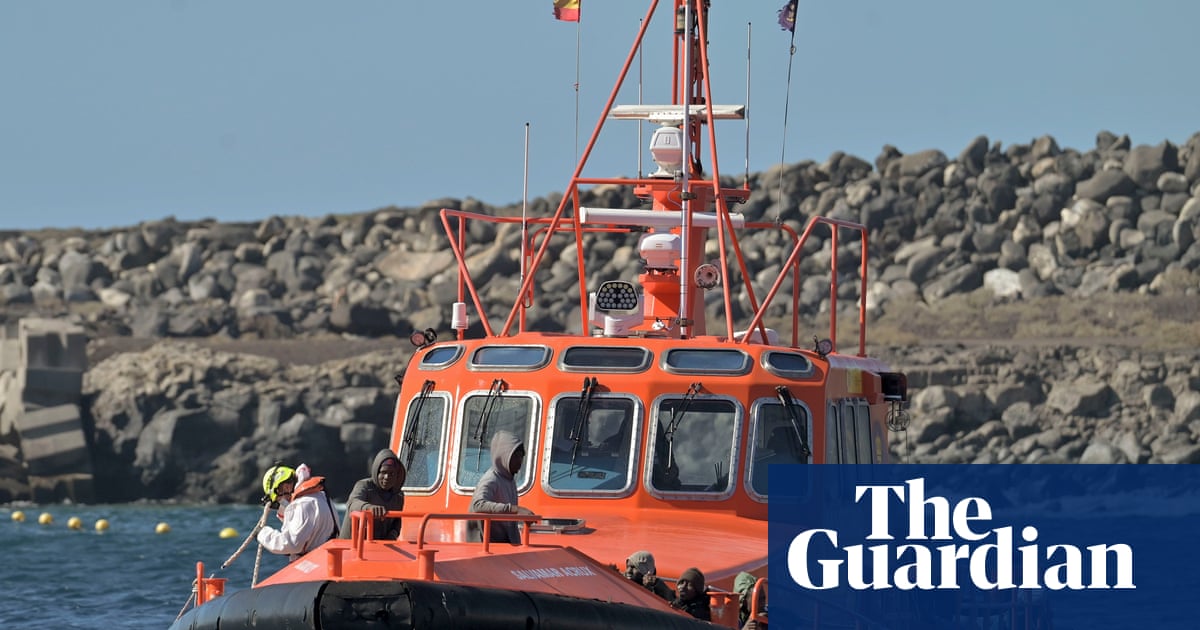Jean Rhys was a perpetual outsider. Born Welsh and Creole into largely black Dominican society in 1890, she was out of place everywhere – too foreign for Europe, too Caribbean for Britain, too white for Dominica, and much too female to be taken seriously as a writer for most of her lifetime.
But her literary influence continues to grow and resonate, especially with American critic and curator Hilton Als. His group show is a heady, passionate, experimental love letter to Jean Rhys – to her literature, her in-betweenness, her life of unbound creativity in a postcolonial world – in the vein of his previous exhibitions-as-portraits of Joan Didion and James Baldwin.

It starts with Dominica, evoked through a blood red Kara Walker watercolour of palms and ships, and a lush, jungly-green painting of fires and figures on horseback by Hurvin Anderson, two contemporary black painters exploring the Caribbean as a place so laden with historical violence it obscures its beauty. Dominica was Rhys’s early home, and the inspiration for her most important (and final) novel, Wide Sargasso Sea, a prequel to Jane Eyre that gave voice to the Creole “madwoman in the attic” of Charlotte Brontë’s novel. Celia Paul’s wide-eyed, manic portrait of Brontë stares wildly out of a tiny canvas, Gwen John’s gorgeous, ghostly painting of a girl in a shawl stares back. Als is combining directly related work with images that invoke a wider sense of Rhys and her world, and it’s totally transportive – it immerses you in Rhys’s humid, alienating universe.
Rhys left Dominica as a teen and headed for Europe, where she travelled, worked, married and remarried. Two intensely neon paintings by the young German artist Florian Krewer show bodies twisting and writhing together, vintage Hans Bellmer photos are filled with kinky titillation, there are snapshots of Parisian streets, paintings of grubby rooms, a contorted Sarah Lucas sculpture, a grubby, textural Eugène Leroy abstract. Interwar Europe, at least for Rhys, was all sex, squalor, love and art.
Downstairs, we’re taken back to Dominica, and then back again to England, as Rhys moves between the two. A huge Reggie Burrows Hodges landscape drenches you in jungle sweat, a dress that belonged to Rhys stands before it on a pale mannequin – small, but not dwarfed by what surrounds it.
It’s hard to tell when any of the works are from. Modern Celia Paul landscapes aren’t a million miles away from an 1800 etching of a Dominican bay, history seems to be collapsing in on itself all over the show. Sex appears again in an incredible, vast, swirling, thick Leon Kossoff nude, and a wall of Walker watercolours, before the final room looks at Caribbean writers who were inspired and influenced by Rhys.
Not everything here is great – two Georg Baselitz scribbles look tossed off and add nothing, and the Walker charcoal sex scene looks like a naff newspaper cartoon – but the show is still a highly successful exercise in exhibition making.

Als has painted a portrait of Rhys through ephemera, archive material and art. It’s not proscriptive, it doesn’t particularly have a narrative – it relies instead on vibe, on creating an atmosphere of Caribbean heat, throbbing desire, racial tension and emotional isolation. It’s like walking through memories, snapshots of a past life. It lets the idea of Rhys, her life and her world, unfold in your head.
Do you have to have read Wide Sargasso Sea and Jane Eyre to get it? Well, I definitely haven’t (with apologies to my high school English teacher) but the show’s themes are deep enough to keep you hooked, and leave you bathing in the cold, shark-filled waters of Rhys’s Wide Sargasso Sea.

 3 months ago
50
3 months ago
50


